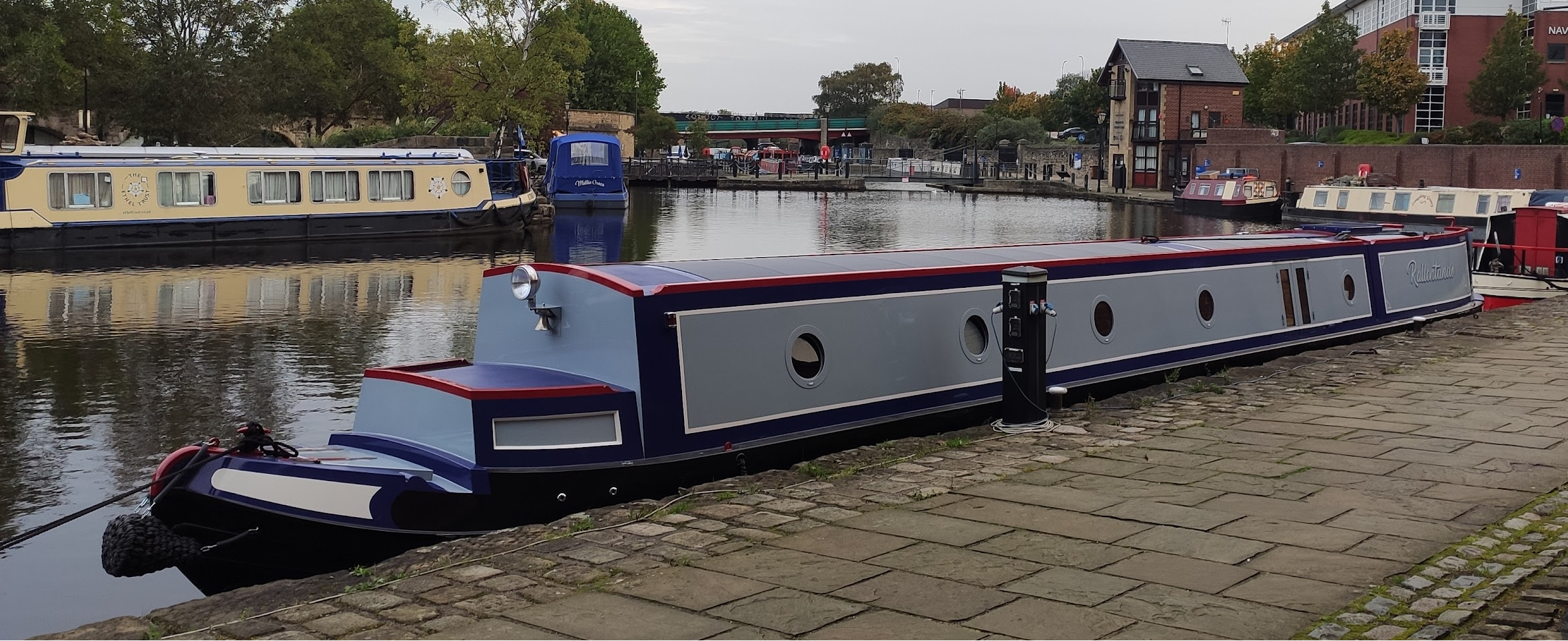That's a general problem with the internet (and complaints about products/companies) -- lots of satisfied customers post nothing, occasional disgruntled ones make a big noise about it. Same applies to concerns about safety, one bad incident gets blown out of all proportion because nobody sees the thousands where there was no problem.
In all our travels on the canals -- including stopping sometimes in what have been referred to as dodgy areas or "bandit country" -- the only time we ever had a vandal problem was moored overnight in a "safe spot" near the Boat at Birdingbury when our pins got pulled out overnight. Probably not unrelated to the fact it was Halloween and we'd just p*ssed off some of the locals by almost winning the "best carved pumpkin" competition, and it was left sitting on the boat roof after closing time with a candle still inside it...
Oh yes, and when we were moored near the Little Dry Dock pub at Netherton someone nicked the lifebelt off the hatch. Disaster... 😞
So unless there are regular/multiple reports about trouble in a particular area -- and recently, not ten years ago! -- I tend to not worry too much about the occasions when I have to stop somewhere less salubrious than planned.
And maybe if boats didn't avoid some places with a bad reputation, there would be fewer problems there -- safety in numbers and all that?
I'm sure somebody will now reply with a horrendous tale of woe about what happened when they moored somewhere, or got broken into or had bricks thrown at them. Which is undoubtedly true and unfortunate, but doesn't change the fact that there are 35000 boaters on CART waters (yes I know lots of them never go anywhere...) and probably 99.9% of them never have any trouble of any kind... 😉




